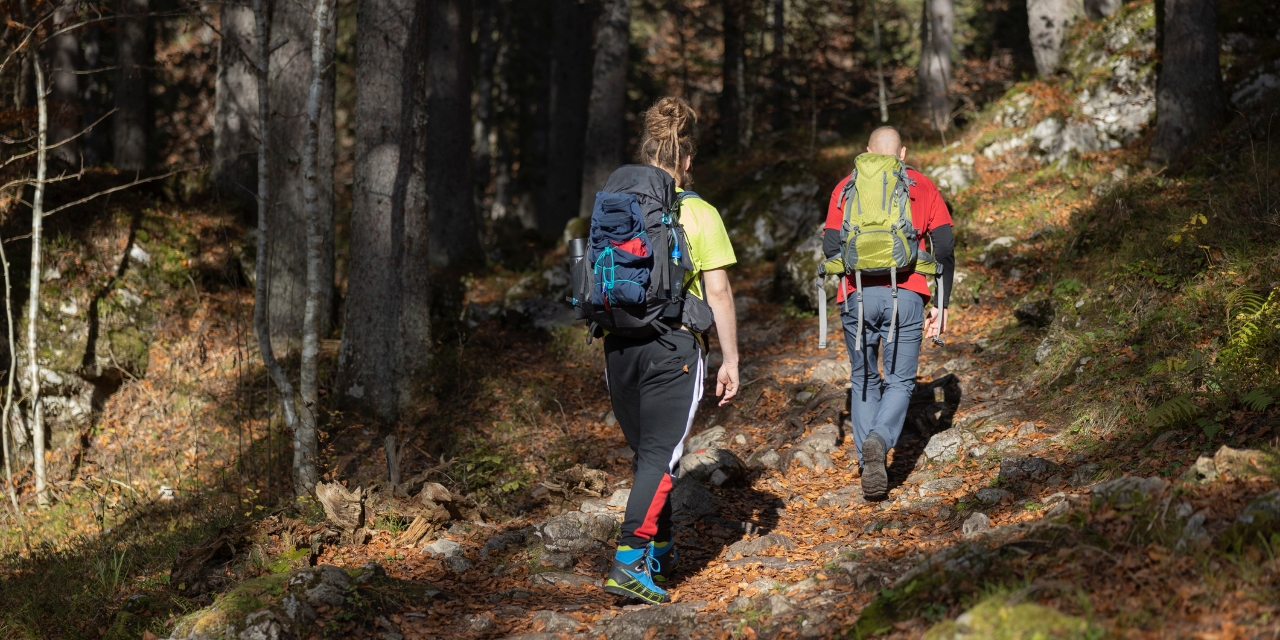UPDATED March 28, 2020-Social distancing is the rule of the day. Health experts stress it's the only way to "flatten the curve" of COVID-19 and avoid making a bad situation worse.
Public health authorities, including Aberta's chief medical officer, are advising people to practise social distancing.
According to the Public Health Agency of Canada, social distancing is intended to minimize close contact with others in the community, and can include quarantine and self-isolation as well as other community-based approaches, such as avoiding crowding by keeping two metres apart from others, closing schools and workplaces, and cancelling public events and mass gatherings.
So what does social distancing look like practically?
Lynora Saxinger, an infectious disease expert at the University of Alberta, said it's better to think of it as physical distancing rather than social distancing, since avoiding all social contact is unhealthy.
She said it comes down to reducing risk rather than eliminating it, because it's unreasonable to expect people to cut off all social contact.
"I think that the principles people have to think about are, is anyone at high risk if they should contact the infection?" said Saxinger, such as the elderly or those with health conditions.
"Is anyone a recent traveller or in contact with a recent traveller? And what kind of airspace and time period are we talking about?
"I would say if you want to get together with friends, you're better off going for a nice, spread-out walk outside (keeping two metres apart) and talking and walking than sitting in a small room talking to each other."
Stay social, but keep your distance
Saxinger said people will have to try and find other ways to be social, "because I think that's very important. You might want to just look at the setting and try to figure out the best way to do it."
High-contact spaces like gyms, fitness centres are closed in many provinces now, and restaurants can no longer offer customers the opportunity to dine in but it's still necessary to leave the house for essential items such as groceries, medication and gas.
For those outings, Saxinger urges a high degree of hygiene vigilance, beginning with washing your hands before leaving the house and sanitizing with wipes or hand solution containing at least 60 per cent alcohol after touching doors, shopping carts, or items in stores.
"I started carrying a ziploc of paper towels dampened with a dilute bleach solution-about one tablespoon per gallon is really all you need," she said.
"I use them to wipe down shopping cart handles and the touched surfaces in the car-such as indicators, handles and the steering wheel- and my own bag handle, hospital ID and pager."
Finally, wash your hands well immediately upon returning home.
"You can also wipe down high touch surfaces in the home every day or two-door handles, bathroom surfaces, especially if anyone has a cold."
While it's not impossible to transmit the coronavirus when you aren't showing any symptoms, it is less likely, said Saxinger.
"If you look at the epidemiology … it really looks like it's mostly people who have symptoms who are driving the epidemic."
If you're sick
If you do have symptoms-fever, cough and difficulty breathing-do not go directly to a hospital emergency room, as it only exposes the most vulnerable to the virus, said Saxinger. People should instead call 811 or fill out Alberta Health Services' COVID-19 self-assessment to see whether they qualify for testing.
If you have symptoms that don't fit the COVID-19 profile, such as runny nose and cough, it's still a good idea to self-isolate just to be safe.
"There are other viruses circulating in the community right now causing fever and runny nose or cough," said Saxinger. "Although everyone's mind goes to the worst immediately, the odds are that you have one of the other things and just have to stay at home."
Saxinger's biggest complaint is hearing those who say why overreact when the number of cases in Canada seems so small.
"If everyone ends up bored and says, 'Why did we do that?' then we've succeeded. And anything that helps people realize what they do as individuals makes a difference is incredibly important right now."
After all, she said, the coronavirus might just be the dress rehearsal for a far more lethal pandemic in the future.
"I would hope this is a one-off, but there is really no guarantee. Emerging infectious diseases are genuinely increasing because of our crowding, changing climate and the like.
"If this doesn't turn out to be a big deal here, it's good to know we did the right things-it's a good skill set."
